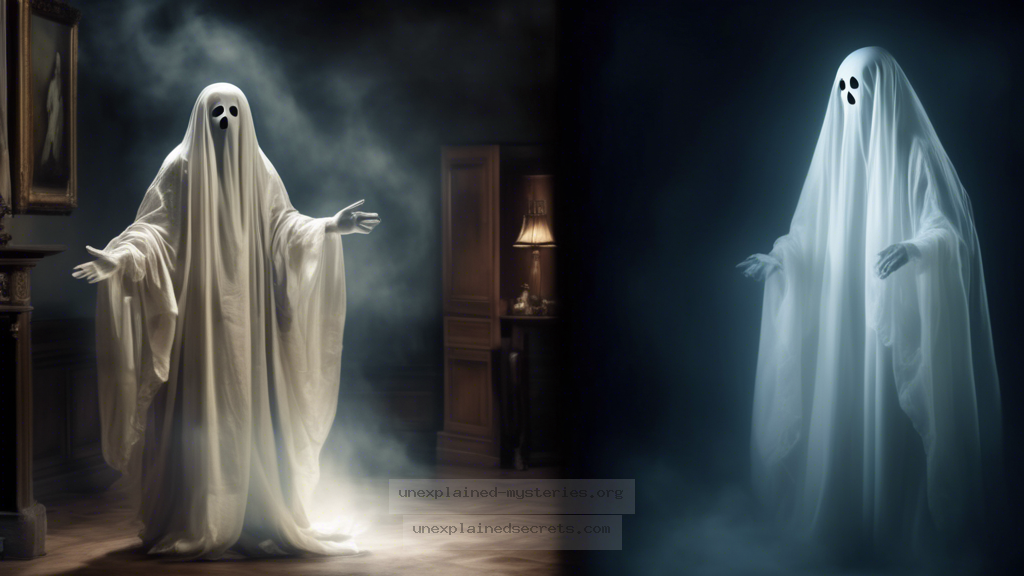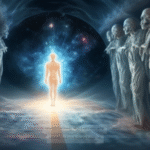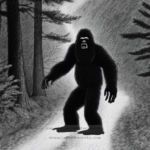What Can We Learn from the Most Compelling Ghost Sightings of Historical Figures?
What Can We Learn from the Most Compelling Ghost Sightings of Historical Figures?
Ghost sightings have captivated humanity for centuries, merging the realms of the mystical and the historical. But what happens when these apparitions are said to manifest as famous historical figures? The intrigue surrounding such sightings raises questions about the nature of ghosts, the human desire for connection with the past, and the potential insights these encounters can offer. In this post, we will explore some of the most compelling cases of ghost sightings involving historical figures, the theories behind them, and the implications for our understanding of the afterlife.
Historical Context of Ghost Sightings
Throughout history, cultures worldwide have reported ghost sightings, often attributing these encounters to the spirits of deceased individuals. In ancient Egypt, for example, the concept of the “ka,” or spirit, was central to beliefs about the afterlife. Meanwhile, the Victorian era saw a surge in ghost stories and spiritualism, with mediums claiming to communicate with the dead. These historical contexts provide a backdrop for understanding the phenomenon of ghost sightings, particularly those involving well-known figures.
Famous Ghost Sightings: The Legends
Many famous ghost sightings involve historical figures whose legacies continue to influence society. Some noteworthy examples include:
- Abraham Lincoln: Numerous reports claim Lincoln’s spirit haunts the White House, where he served as president. Staff and visitors have recounted experiences of seeing his figure or feeling his presence in the Lincoln Bedroom.
- Marie Antoinette: The former Queen of France is said to haunt the Palace of Versailles. Visitors have reported seeing her apparition wandering the gardens, dressed in her signature 18th-century attire.
- George Washington: The first President of the United States has been spotted at various locations, including his plantation, Mount Vernon. Witnesses have described seeing a man resembling Washington dressed in colonial attire.
The Theories Behind Historical Ghost Sightings
Theories about why historical figures might appear as ghosts often revolve around unresolved issues or strong emotional ties to a location. Here are some of the primary theories:
- Residual Haunting: This theory suggests that ghosts are recordings of past events, replaying in specific locations without interaction.
- Intelligent Spirits: Some believe that the spirits of historical figures return to communicate messages, often due to unfinished business or a desire to impart wisdom.
- Collective Consciousness: This concept posits that the energy and memories of influential figures remain palpable, allowing sensitive individuals to perceive them.
Documented Cases: A Closer Look
Several documented cases offer compelling insights into ghost sightings of historical figures. For example:
Many reports from the White House staff describe encounters with Lincoln’s spirit. A notable incident occurred in 1947 when First Lady Eleanor Roosevelt noted feeling a “presence” in the Lincoln Bedroom, attributing it to Lincoln himself.
Another fascinating case is that of Marie Antoinette, where visitors to Versailles have claimed to see her ghostly figure, often during twilight hours. These accounts often include detailed descriptions of her attire, suggesting that these sightings are not merely figments of imagination but rather deeply rooted experiences.
Practical Implications: What Does This Mean for Us?
The fascination with ghost sightings involving historical figures can provide insights into our cultural psyche. Here are some practical implications:
- Cultural Reflection: These sightings can reflect societal values and the importance we place on historical figures.
- Psychological Comfort: For many, encounters with ghosts can provide a sense of solace and connection to loved ones or admired figures, allowing for continued dialogue with the past.
- Research Opportunities: These phenomena invite further exploration into human consciousness, memory, and the afterlife, encouraging interdisciplinary studies.
Alternative Perspectives on Ghost Sightings
While many embrace the idea of ghost sightings as genuine experiences, skeptics often provide alternative explanations. Some common arguments include:
- Psychological Effects: Skeptics argue that sightings are often the result of psychological phenomena such as pareidolia, where the mind perceives familiar patterns, or the power of suggestion.
- Environmental Factors: Research has shown that certain environmental conditions, such as electromagnetic fields or infrasound, can cause feelings of unease or hallucinations.
Common Misconceptions About Ghosts
Understanding ghost sightings and their implications requires addressing common misconceptions:
- All Ghosts Are Malevolent: Many believe that ghosts exist to haunt or scare individuals. However, many sightings are reported as peaceful or comforting.
- Ghosts Are Visible to Everyone: Not all individuals can perceive ghosts; sensitivity to these experiences varies.
Best Practices for Investigating Ghost Sightings
If you are interested in exploring ghost sightings, particularly those of historical figures, consider the following best practices:
- Research Thoroughly: Understand the history of the location and the figure involved.
- Document Experiences: Keep a detailed log of any sightings or encounters, including emotions, surroundings, and any sensory details.
- Respect the Space: Approach investigations with reverence, acknowledging the history and significance of the location.
Future Developments in Ghost Research
The study of ghost sightings, particularly those involving historical figures, continues to evolve. Advances in technology, such as infrared cameras, EVP (Electronic Voice Phenomena) recorders, and digital storytelling, are enhancing the ways researchers document and analyze ghost sightings. Additionally, interdisciplinary studies combining psychology, physics, and cultural studies are opening new avenues for understanding these phenomena.
Conclusion: The Enduring Allure of Historical Ghost Sightings
The mystery of ghost sightings involving historical figures reflects our enduring fascination with the past and the afterlife. While the evidence may be anecdotal, the cultural significance and the emotional connections these encounters evoke are undeniable. As we continue to explore the realms of the unknown, ghost sightings remain a compelling subject that bridges history, psychology, and the human experience.
Other Articles
Recent Posts
- What Happened to Flight MH370? The Conspiracy Theories That Still Haunt Us
- What Secrets Lurk Within the Walls of the Infamous Trans-Allegheny Lunatic Asylum?
- What Evidence Supports the Existence of Bigfoot in the Pacific Northwest?
- What Happened to the Indus Valley Civilization? Unraveling the Mysteries of Ancient Urban Life
- Can Telepathy Be Scientifically Proven Through Laboratory Evidence?







